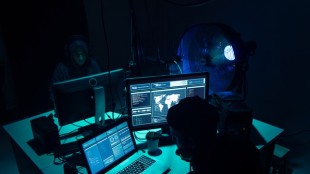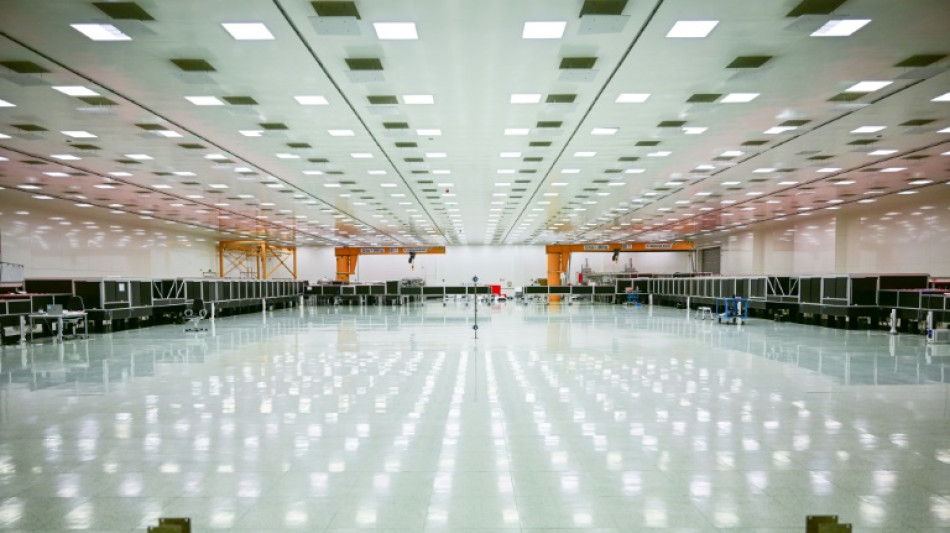
-
 Trump administration begins release of Epstein files
Trump administration begins release of Epstein files
-
UN Security Council votes to extend DR Congo mission by one year

-
 Family of Angels pitcher, club settle case over 2019 death
Family of Angels pitcher, club settle case over 2019 death
-
US university killer's mystery motive sought after suicide
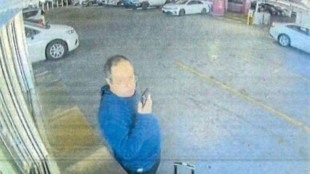
-
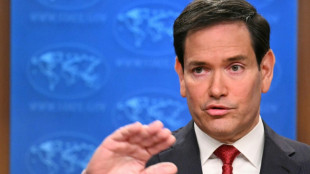 Rubio says won't force deal on Ukraine as Europeans join Miami talks
Rubio says won't force deal on Ukraine as Europeans join Miami talks
-
Burkinabe teen behind viral French 'coup' video has no regrets
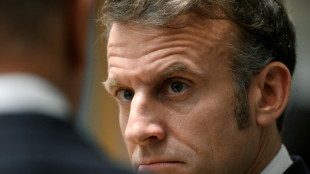
-
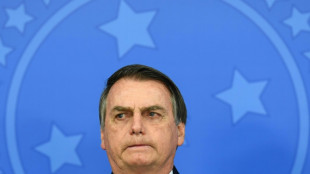 Brazil court rejects new Bolsonaro appeal against coup conviction
Brazil court rejects new Bolsonaro appeal against coup conviction
-
Three-time Grand Slam winner Wawrinka to retire in 2026
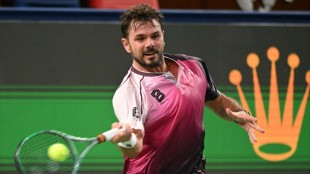
-
 Man Utd can fight for Premier League title in next few years: Amorim
Man Utd can fight for Premier League title in next few years: Amorim
-
Pandya blitz powers India to T20 series win over South Africa
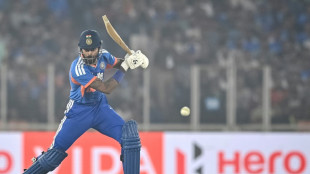
-
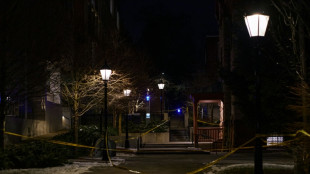 Misinformation complicated Brown University shooting probe: police
Misinformation complicated Brown University shooting probe: police
-
IMF approves $206 mn aid to Sri Lanka after Cyclone Ditwah

-
 Stocks advance as markets cheer weak inflation
Stocks advance as markets cheer weak inflation
-
Emery says rising expectations driving red-hot Villa

-
 Three killed in Taipei metro attacks, suspect dead
Three killed in Taipei metro attacks, suspect dead
-
Seven Colombian soldiers killed in guerrilla attack: army
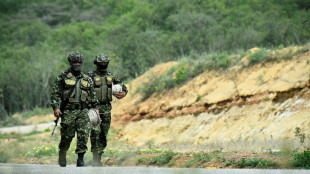
-
 Amorim takes aim at Man Utd youth stars over 'entitlement'
Amorim takes aim at Man Utd youth stars over 'entitlement'
-
Mercosur meets in Brazil, EU eyes January 12 trade deal
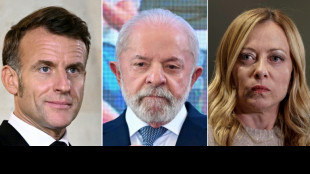
-
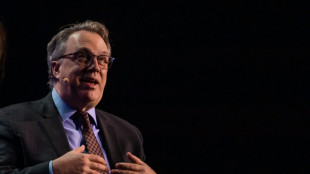 US Fed official says no urgency to cut rates, flags distorted data
US Fed official says no urgency to cut rates, flags distorted data
-
Rome to charge visitors for access to Trevi Fountain
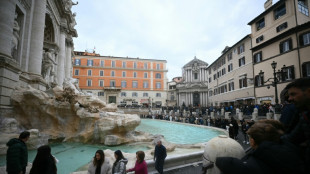
-
 Spurs 'not a quick fix' for under-fire Frank
Spurs 'not a quick fix' for under-fire Frank
-
Poland president accuses Ukraine of not appreciating war support
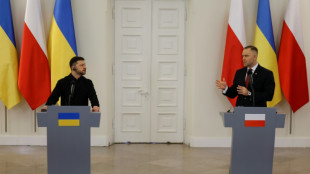
-
 Stocks advance with focus on central banks, tech
Stocks advance with focus on central banks, tech
-
Amorim unfazed by 'Free Mainoo' T-shirt ahead of Villa clash

-
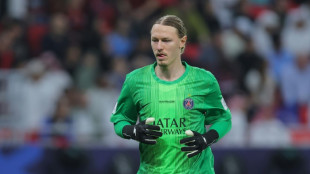 PSG penalty hero Safonov ended Intercontinental win with broken hand
PSG penalty hero Safonov ended Intercontinental win with broken hand
-
French court rejects Shein suspension

-
 'It's so much fun,' says Vonn as she milks her comeback
'It's so much fun,' says Vonn as she milks her comeback
-
Moscow intent on pressing on in Ukraine: Putin
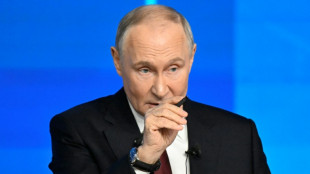
-
 UN declares famine over in Gaza, says 'situation remains critical'
UN declares famine over in Gaza, says 'situation remains critical'
-
Guardiola 'excited' by Man City future, not pondering exit

-
 Czechs name veteran coach Koubek for World Cup play-offs
Czechs name veteran coach Koubek for World Cup play-offs
-
PSG penalty hero Safonov out until next year with broken hand
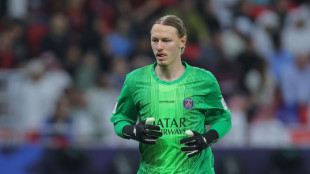
-
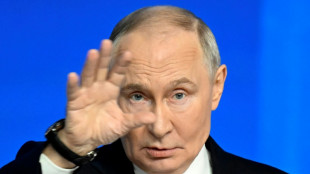 Putin says ball in court of Russia's opponents in Ukraine talks
Putin says ball in court of Russia's opponents in Ukraine talks
-
Czech Zabystran upsets Odermatt to claim Val Gardena super-G
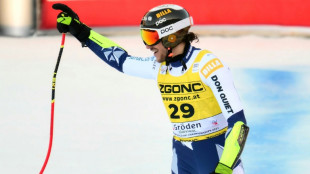
-
 NGOs fear 'catastrophic impact' of new Israel registration rules
NGOs fear 'catastrophic impact' of new Israel registration rules
-
US suspends green card lottery after MIT professor, Brown University killings
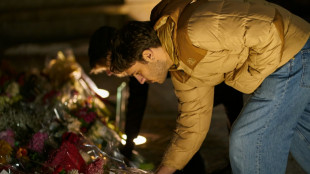
-
 Arsenal in the 'right place' as Arteta marks six years at club
Arsenal in the 'right place' as Arteta marks six years at club
-
Sudan's El-Fasher under the RSF, destroyed and 'full of bodies'

-
 From farms to court, climate-hit communities take on big polluters
From farms to court, climate-hit communities take on big polluters
-
Liverpool have 'moved on' from Salah furore, says upbeat Slot

-
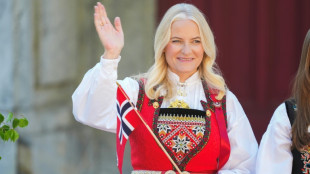 Norway crown princess likely to undergo lung transplant
Norway crown princess likely to undergo lung transplant
-
Iraq negotiates new coalition under US pressure

-
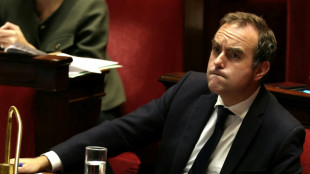 France's budget hits snag in setback for embattled PM
France's budget hits snag in setback for embattled PM
-
Putin hails Ukraine gains, threatens more, in annual press conference
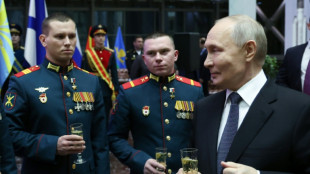
-
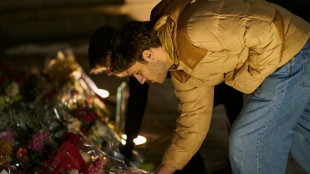 US suspends green card lottery after Brown, MIT professor shootings
US suspends green card lottery after Brown, MIT professor shootings
-
Chelsea's Maresca says Man City link '100 percent' speculation

-
 Dominant Head moves into Bradman territory with fourth Adelaide ton
Dominant Head moves into Bradman territory with fourth Adelaide ton
-
Arsenal battle to stay top of Christmas charts

-
 Mexican low-cost airlines Volaris and Viva agree to merger
Mexican low-cost airlines Volaris and Viva agree to merger
-
Border casinos caught in Thailand-Cambodia crossfire


Romania centre explores world's most powerful laser
"Ready? Signal sent!"
In the control room of a research centre in Romania, engineer Antonia Toma activates the world's most powerful laser, which promises revolutionary advances in everything from the health sector to space.
The laser at the centre, near the Romanian capital Bucharest, is operated by French company Thales, using Nobel prize-winning inventions.
France's Gerard Mourou and Donna Strickland of Canada won the 2018 Nobel Physics Prize for harnessing the power of lasers for advanced precision instruments in corrective eye surgery and in industry.
"The sharp beams of laser light have given us new opportunities for deepening our knowledge about the world and shaping it," said the Nobel Academy's citation.
At the centre, in front of a wall of screens displaying light beams, Toma checks a series of indicators before starting the countdown.
On the other side of the glass, long rows of red and black boxes house two laser systems.
"I will not lie. From time to time, things can get a little stressful," 29-year-old Toma told AFP during a recent on-site press visit.
"But it's also very joyful to work here. And we are very happy that we have results" as teams of international researchers come to the centre, she added.
- 'Incredible odyssey' -
Nobel prize winner Mourou confessed he was "very moved" by his "incredible odyssey" -- from the United States where he spent 30 years, to bringing this project to fruition in Europe.
It was born in the 2000s out of the European Union's Infrastructure ELI project.
"We start from a small luminous seed with very, very little energy, which will be amplified millions and millions of times," said Mourou, 79, trying to give a sense of the "huge step taken", the "phenomenal powers" achieved.
Scientists have always pushed to create more powerful lasers.
By the mid-1980s however, they had hit a wall, as they could not increase the power without destroying what was amplifying the beam.
That was when Mourou and his then-student Strickland invented a technique called Chirped-Pulse Amplification (CPA), which managed to boost power while keeping the intensity safe.
It works by stretching an ultra-short laser pulse in time, amplifying it, and squeezing it together again, creating the shortest and most intense laser pulses the world has ever seen.
Already it has been applied in corrective eye surgery, but it has also opened the way for scientists to continue pushing the boundaries of laser power.
"We will use these ultra-intense pulses to produce much more compact and less expensive particle accelerators" to destroy cancer cells, said Mourou.
- Age of the laser -
Other possible applications include treating nuclear waste by reducing the duration of its radioactivity, or cleaning up the debris accumulating out in space, he added.
For Mourou, just as the last century was that of the electron, the 21st century will be that of the laser.
The scale of the operation at the research centre is dizzying.
The system is capable of reaching a peak of 10 petawatts (10 to the power of 15 watts) for an ultra-short time, in the order of a femtosecond (one millionth of a billionth of a second).
It took "450 tons of equipment" -- carefully installed -- to get an "exceptional level of performance", said Franck Leibreich, laser solution managing director at Thales.
The high-tech building housing the centre cost 320 million euros ($350 million), mainly financed by the EU.
Thales bills it as the largest investment ever made in scientific research in Romania.
Meanwhile, countries including France, China and the United States are already advancing their own projects to manufacture even more powerful lasers.
G.Stevens--AMWN
